I’m proposing a new holiday: Bloodtide. Everyone’s invited. It’s in homage to horseshoe crabs but can be celebrated in any habitat by any species.
For more than twenty years, I’ve been into cardboard construction, world-building, and destabilizing anthropocentrism by (sort of) becoming other animals and life forms. Animating myself and collaborators in corrugated costumes, parading through alleys as armadillos, basking in sloth-inspired symbiosis, loitering as lobsters—I feel us/myself getting freer in these more-than-human forms. So I am proposing a holiday to share this transformative experience. It sprouts out of my own need for new cultural practices that gather us, to remind me of the possibility of an “us.”
This holiday proposal started as a play about horseshoe crabs and red knot birds that rely on horseshoe crab eggs to fuel their epic migration. But language—at least as I know how to speak it—felt forced on the beasts in a way that made me sweat, like a human. I stopped writing and started wearing my cardboard carapace and fringe sleeves around my house, to protest polluters at the port, and on Halloween. The play got rejected from 450 million grants. I talked with choreographers and clowns and animal whisperers about wordlessness. The play got bigger. I let it get bigger. Maybe the play was a pageant. I was working to build rooms of musicians and dancers to find what it would be when COVID arrived and shut down my (and everybody’s) theatre projects and in-person teaching gigs.

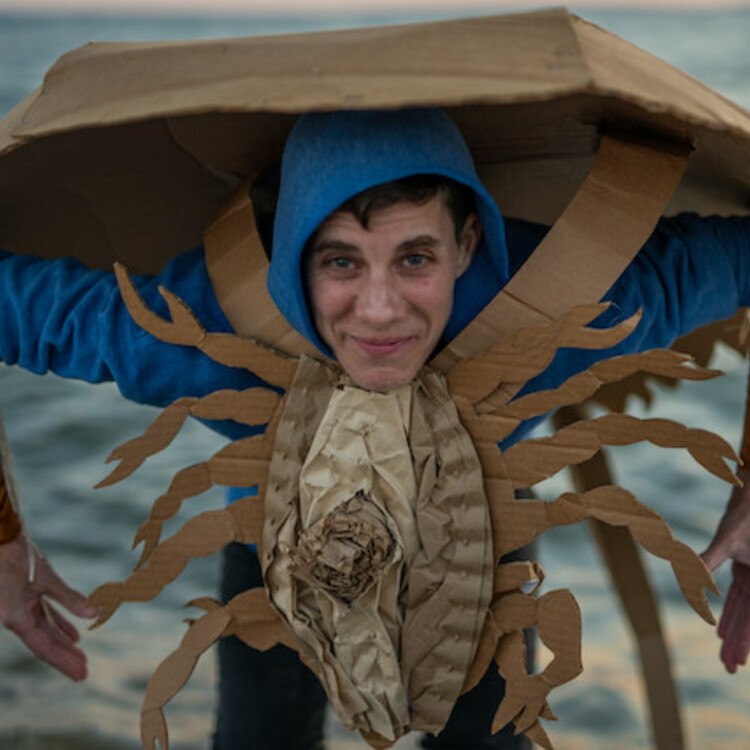
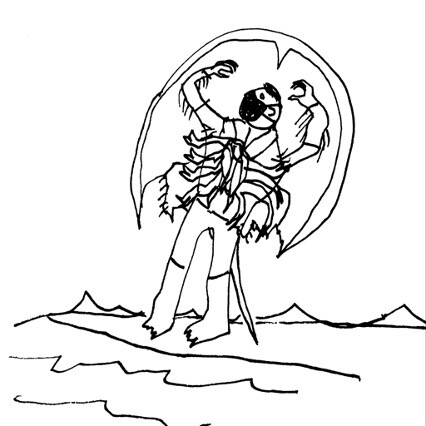
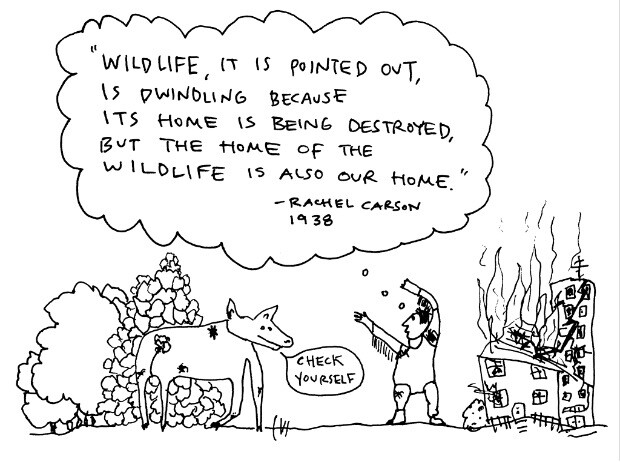
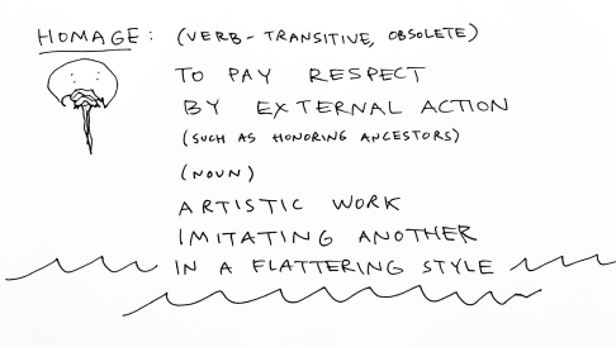
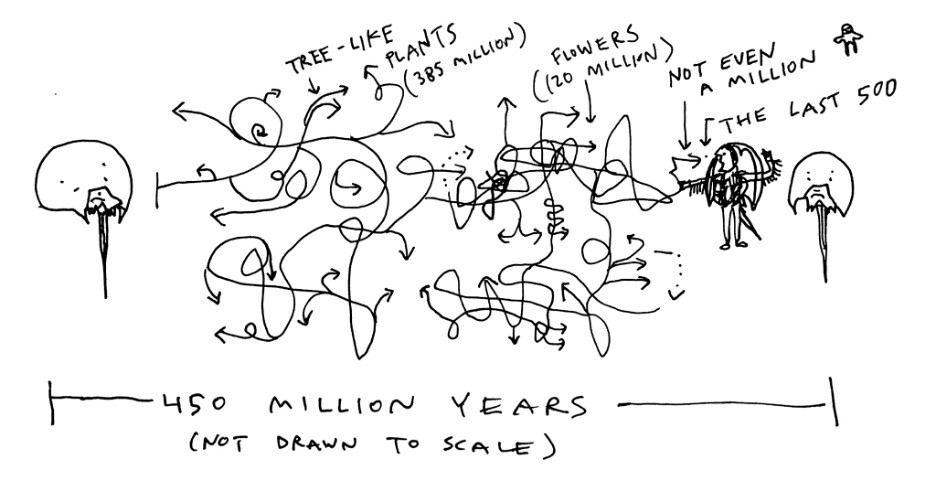
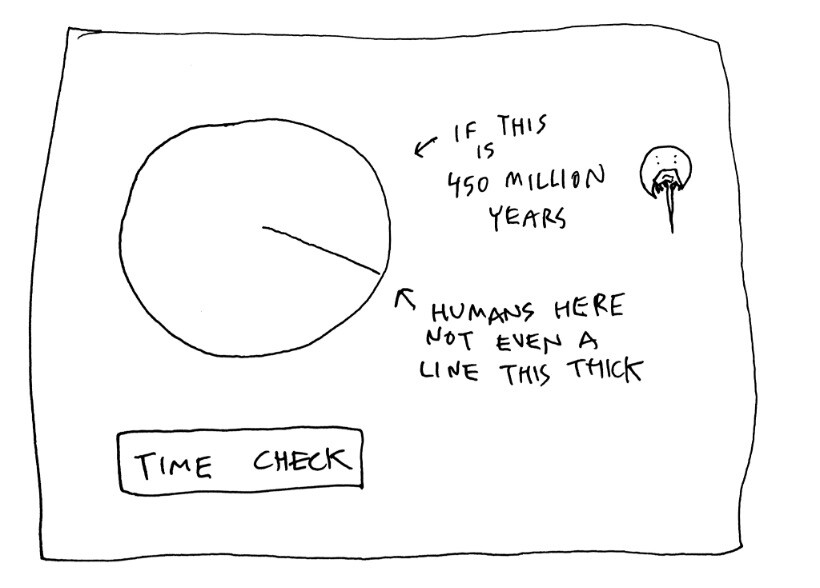
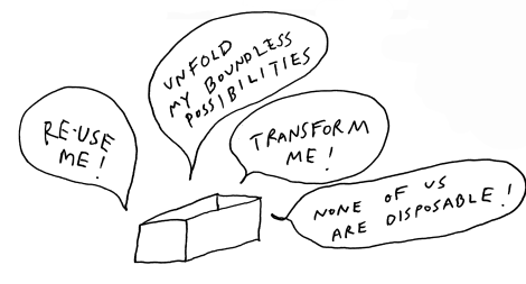
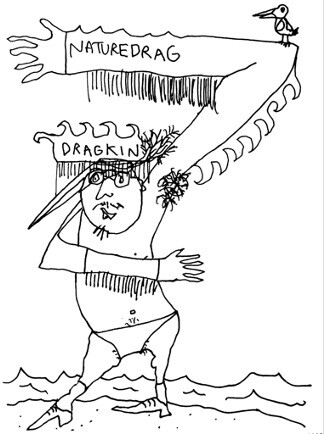
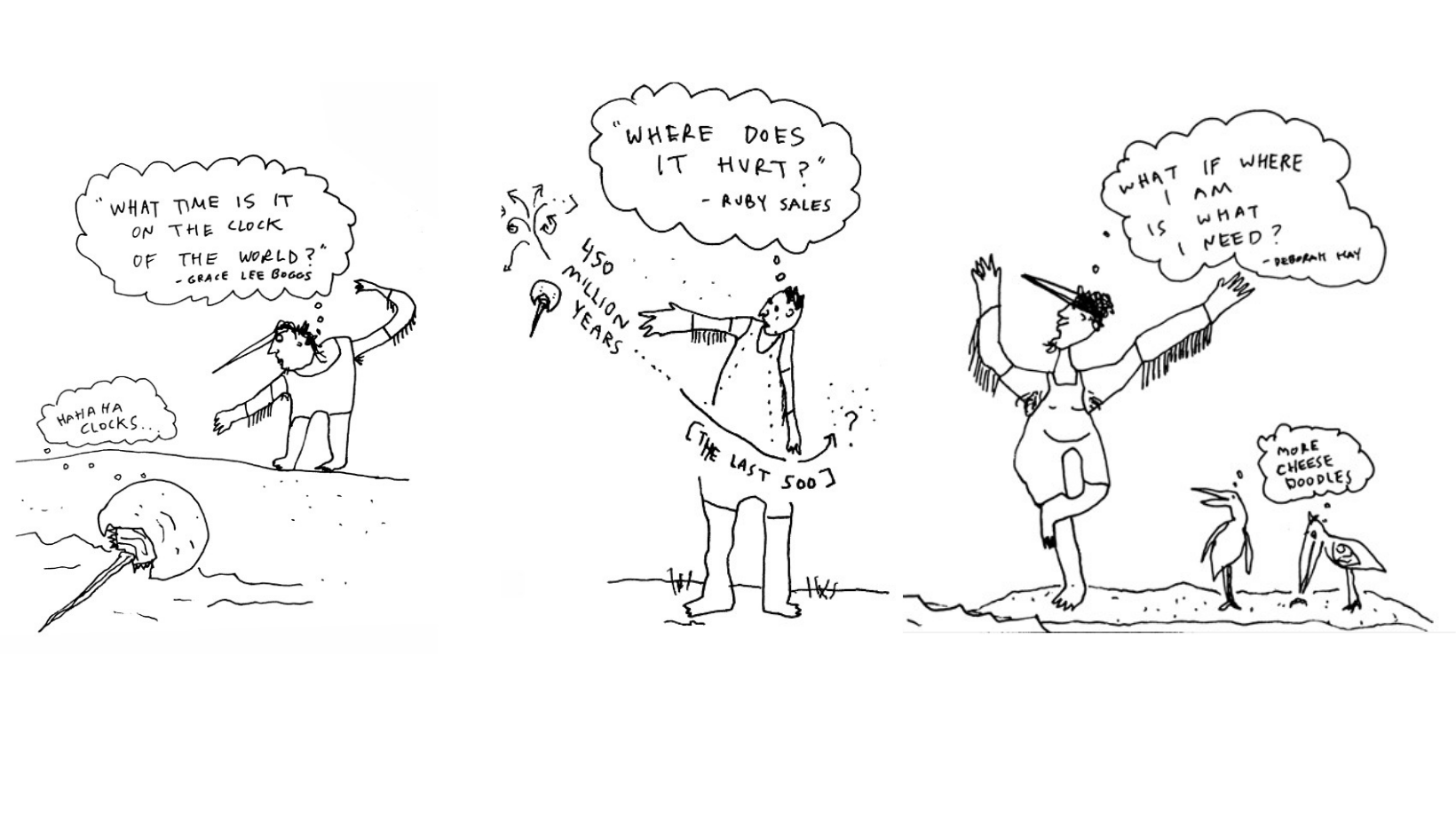
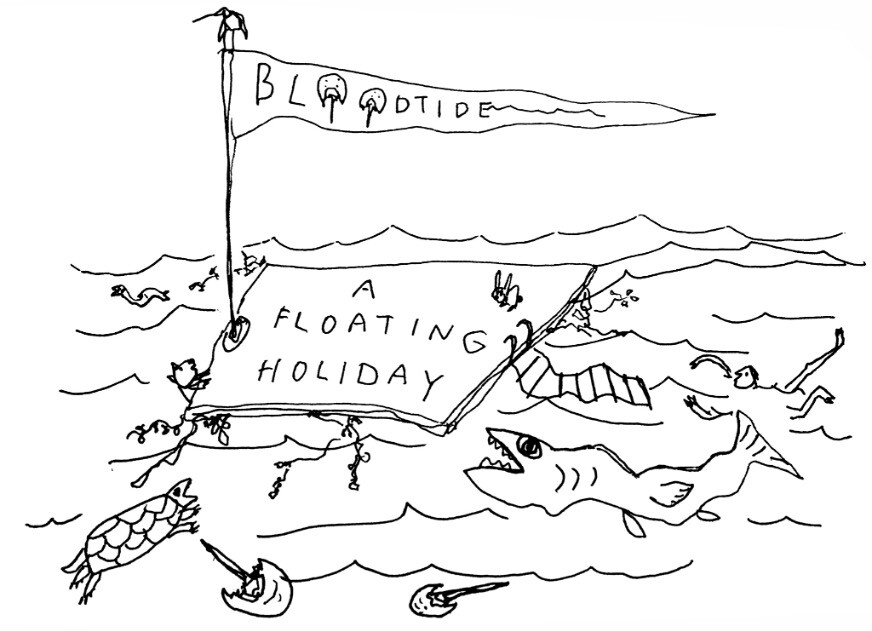
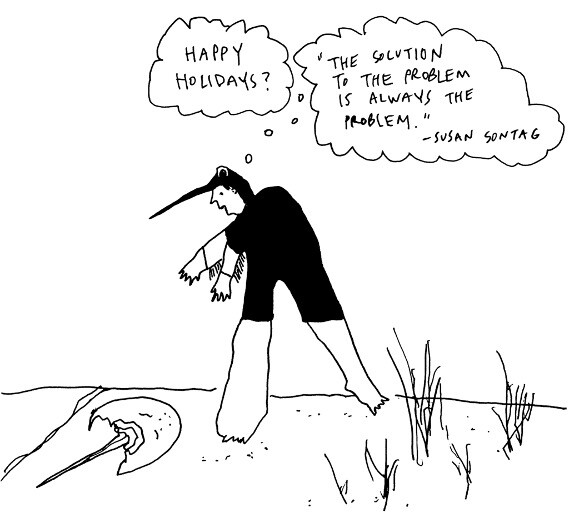
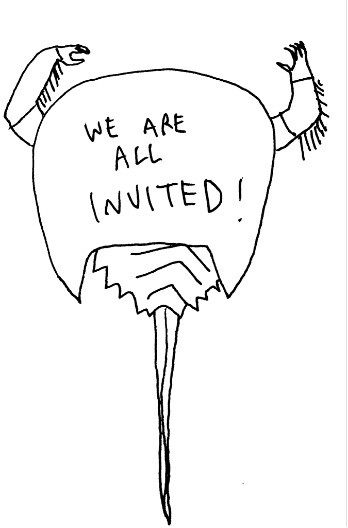
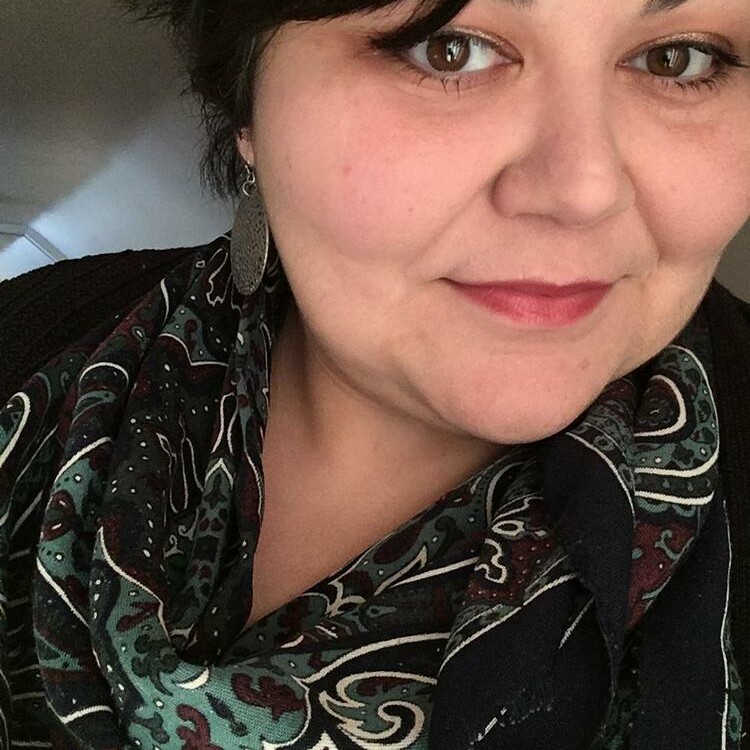
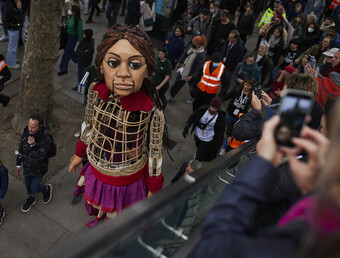

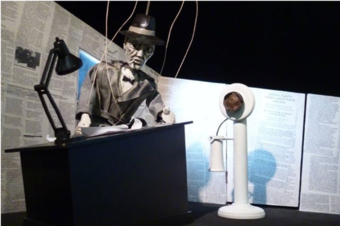

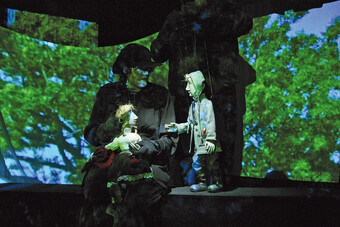




Comments
The article is just the start of the conversation—we want to know what you think about this subject, too! HowlRound is a space for knowledge-sharing, and we welcome spirited, thoughtful, and on-topic dialogue. Find our full comments policy here